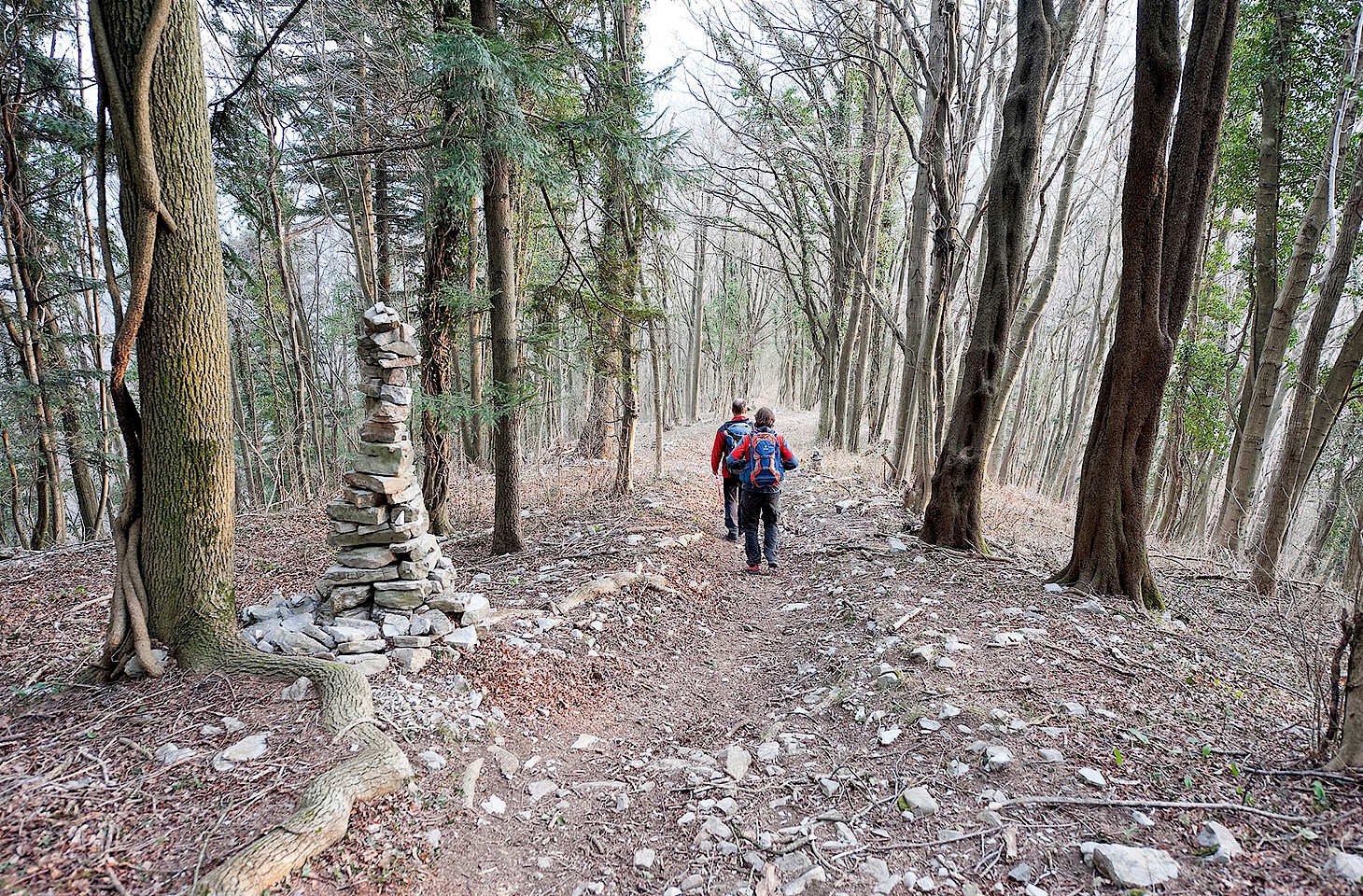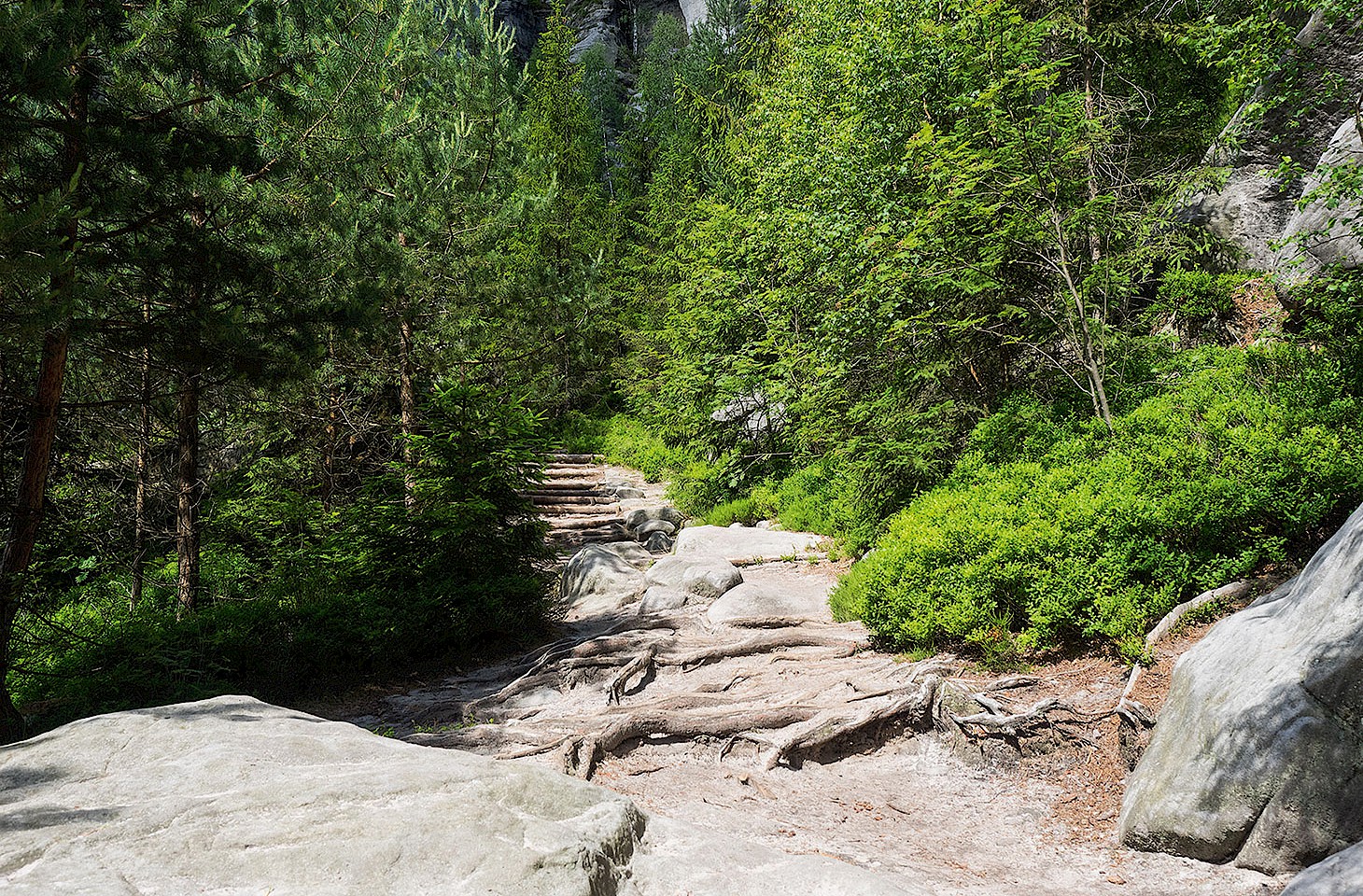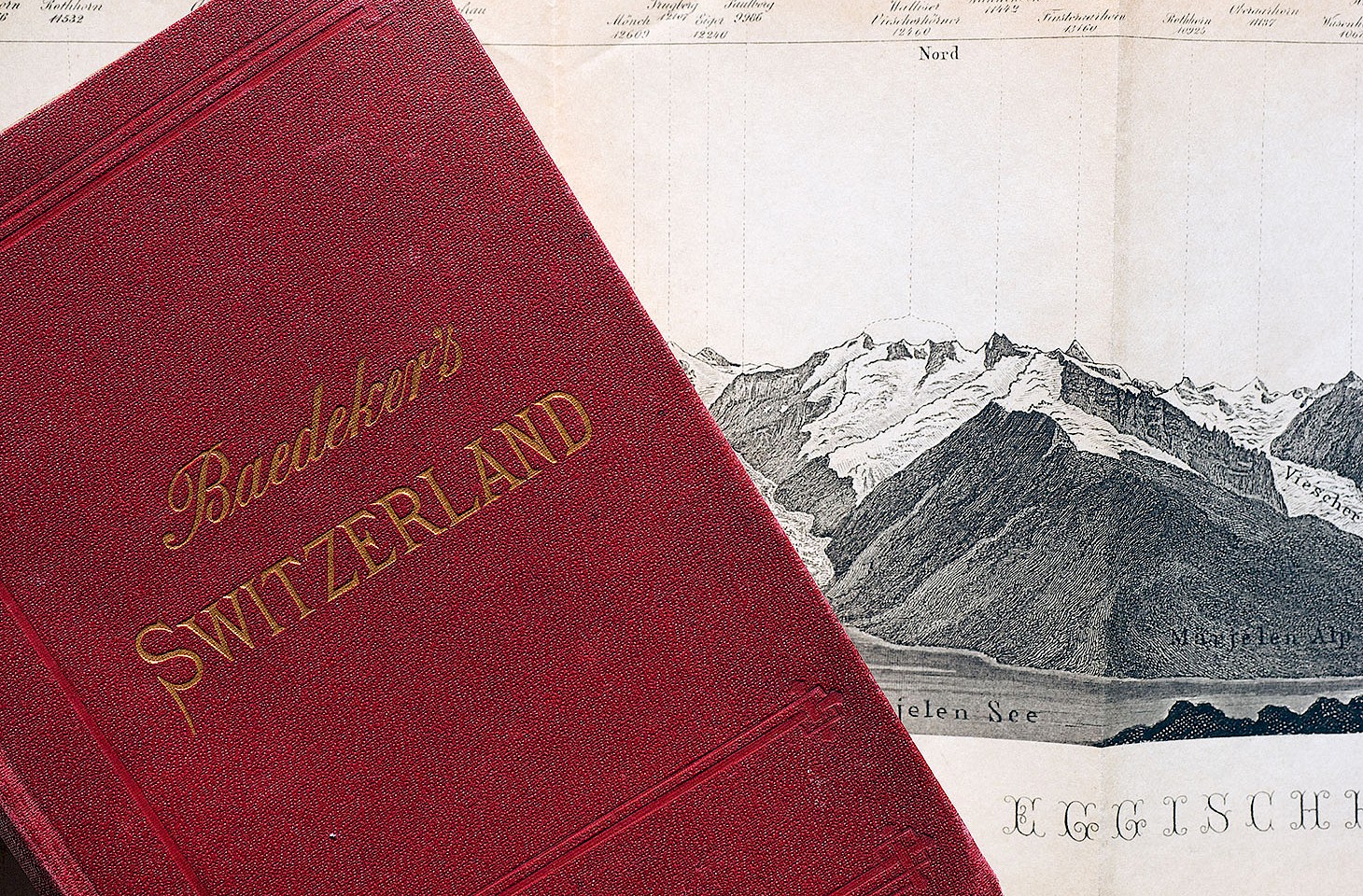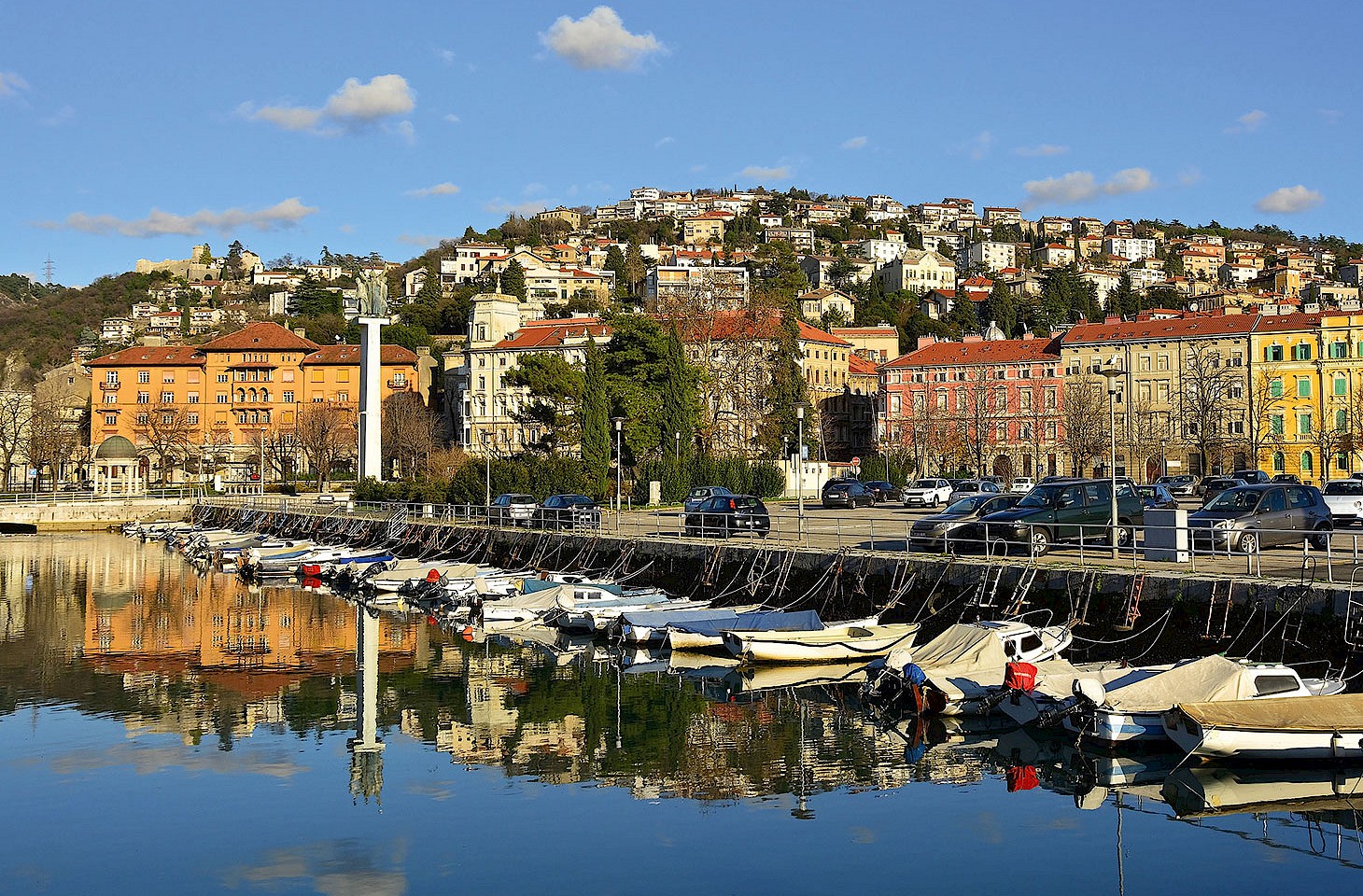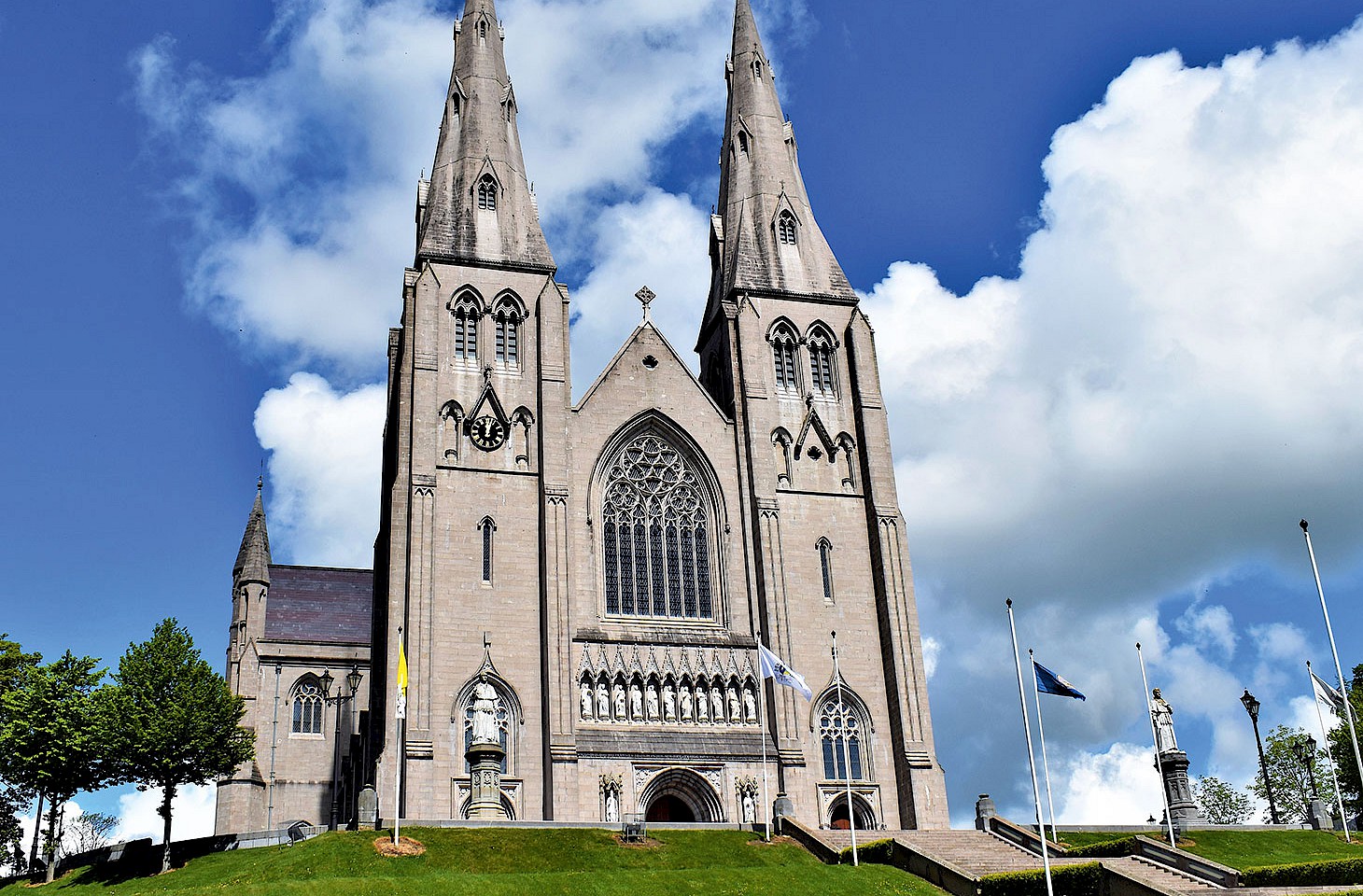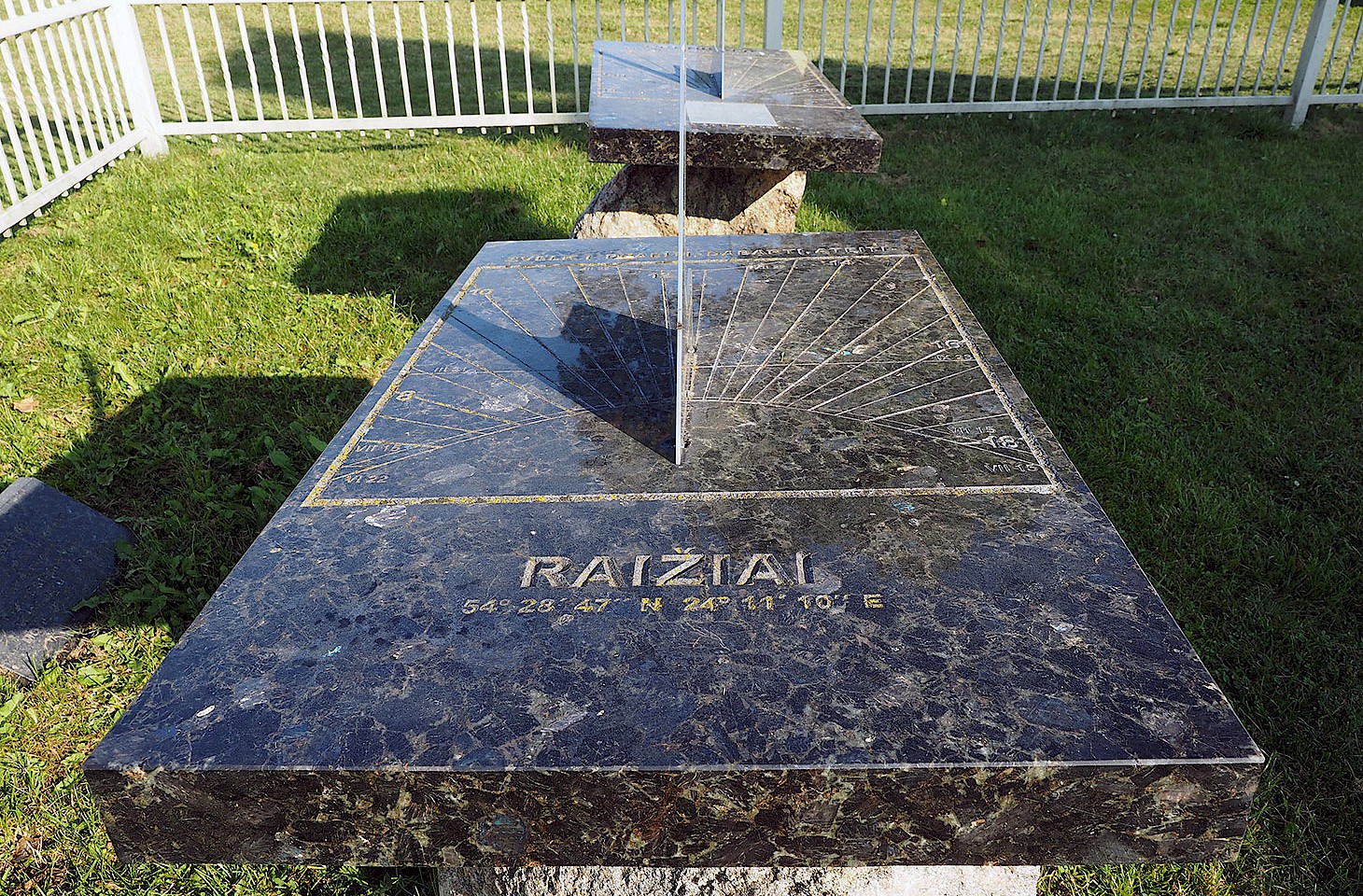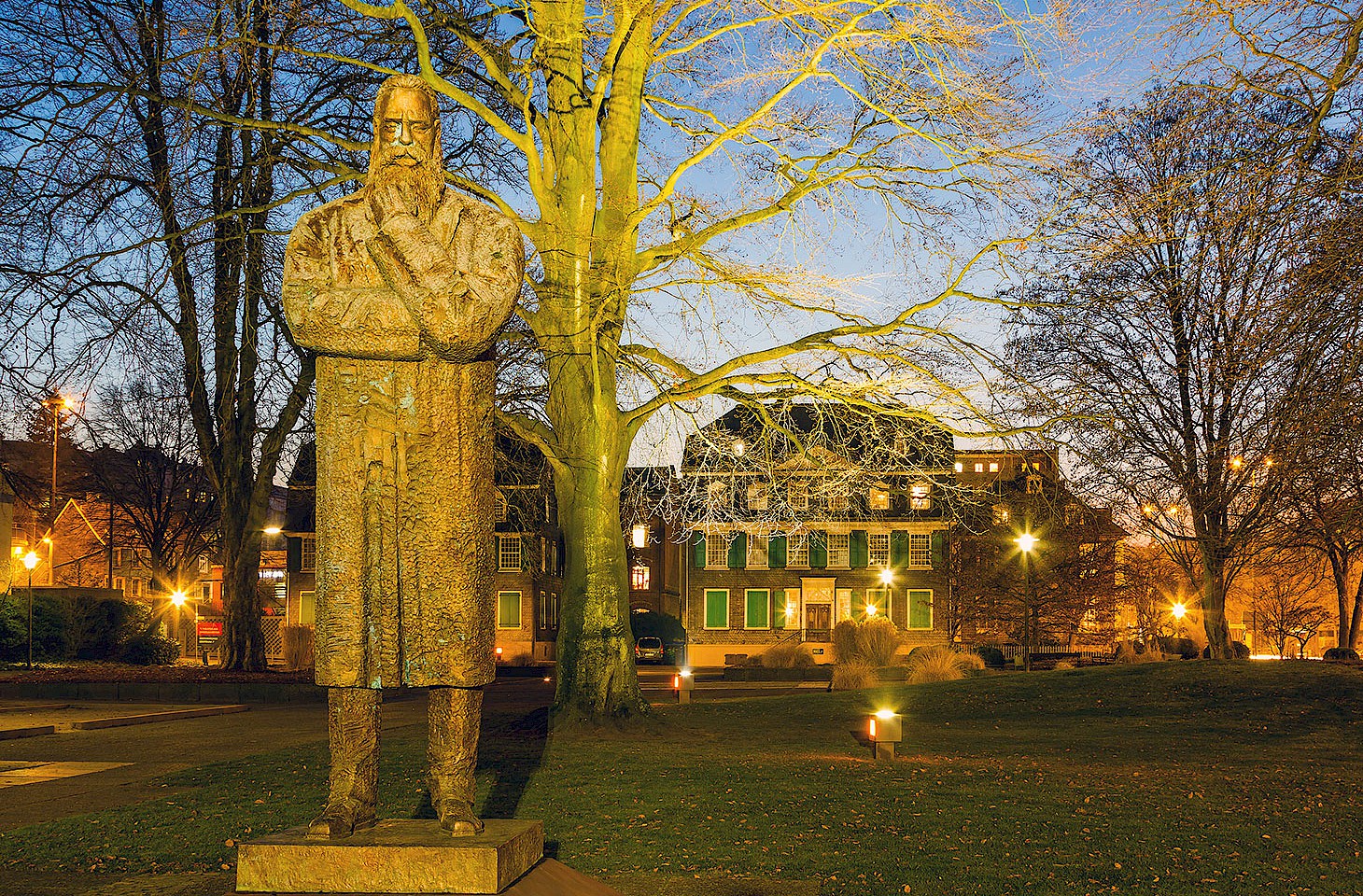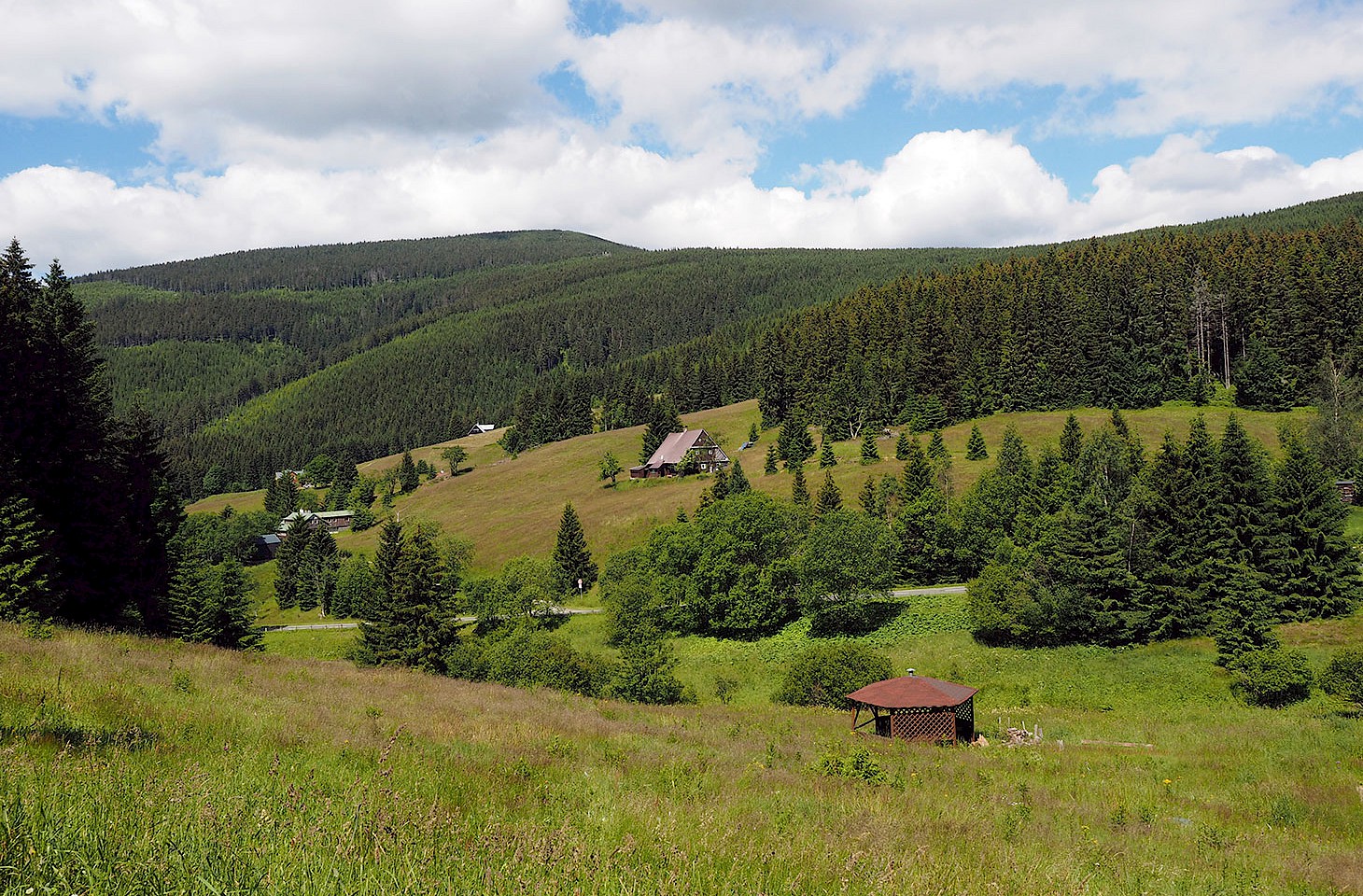We do rather like an amble, even sometimes a ramble, but when we are in rural regions we do also quite like to vegetate, and the current pandemic has certainly allowed us many opportunities to do just that. And thus maybe unsurprisingly, there is a walking theme to this issue of hidden europe. Enjoy the read.
hidden europe 62
There is a walking theme to issue 62 of hidden europe. We follow the coastal walk at Duino which inspired the Austrian poet Rainer Maria Rilke and tackle a long circular hike through Slovenia.
We also wander through a rock city at Teplice in the Czech Republic, encounter the ghost of Machiavelli and Friedrich Engel’s alter ego and remember the Free State of Fiume.
Picture above:
The Teplice rocks in the northern Czech Republic (photo © hidden europe).
Summary
There is a walking theme to issue 62 of hidden europe. We follow the coastal walk at Duino which inspired the Austrian poet Rainer Maria Rilke and tackle a long circular hike through Slovenia.
We also wander through a rock city at Teplice in the Czech Republic, encounter the ghost of Machiavelli and Friedrich Engel’s alter ego and remember the Free State of Fiume.
Launched in late 2019, the Juliana Trail is a long-distance walking route that encircles Triglav, the highest mountain in Slovenia. It’s a chance to engage with the varied landscapes and communities of the Julian Alps and, by encouraging visitors to explore the region around Triglav rather than just making a dash for the summit, it helps alleviate the pressure on Slovenia’s most popular peak.
Where the dry limestone karst drops down towards the Bay of Trieste, there is a cliff-top footpath which once inspired the poet and novelist Rainer Maria Rilke. The writer had a spell staying at Duino Castle, and it was here that he started work on his Duino Elegies.
The extraordinary sandstone pillars of north-east Bohemia create a mystical landscape; the appeal lies in both its grandeur and its intimacy. We visit the ‘rock city’ at Teplice in the Czech Republic.
The Baedeker series of guidebooks showed a remarkable consistency in presentation over many decades from the mid-19th century. But many guides were updated every couple of years, so how far did the content change? We compare two editions of Baedeker’s Switzerland, one from 1881 and the other from 1905, and find that the changes nicely reflect new social and travel pieties.
Gabriele D’Annunzio was an aviator, poet, playwright and populist who in his manner presciently anticipated the current crop of populist leaders. His ‘invasion’ of the Adriatic city of Fiume in 1919 precipitated an international crisis. One hundred years ago, in autumn 1920, the newly created League of Nations endeavoured to defuse tensions by creating the Free State of Fiume.
The boundaries of ecclesiastical provinces, dioceses and parishes often show scant regard for secular administrative boundaries. We discover a French Roman Catholic diocese where the bishop’s pastoral responsibilities extend to parishes on both sides of the Atlantic. And in Ireland we see how, since the UK left the European Union in early 2020, there are now Catholic parishes which are bisected by the outer edge of the EU.
Friedrich Engels is not someone we would normally associate with travel writing. But, as a young man, he wrote a number of articles in the travel genre; they were all published under the nom de plume Friedrich Oswald.
With the restoration of Medici rule in Florence in 1512, Niccolò Machiavelli retreated to his family estate in the Tuscan hills. Kirsty Jane Falconer visits the village of Sant’Andrea in Percussina where Machiavelli wrote his best-known book: Il Principe (The Prince).
Lipka Tatars settled in the rural region south of Vilnius in the 14th century, and their descendants still reside in villages in north-east Poland, western Belarus and southern Lithuania. They are a Muslim minority in a region of Europe which is often incorrectly perceived as being homogeneously Christian. We report on Baltic Islam.
The downturn in travel is being felt in Europe’s ferry industry as service frequencies are trimmed on some routes and other links are axed entirely. We take a look at how services to Norway and Sweden have fared during the pandemic.
The German city of Wuppertal marks the bicentenary of the birth of Friedrich Engels this autumn. He was born in the Barmen district of Wuppertal on 28 November 1820.
Sometimes the name of a mountain range or a region may endure for centuries, only then to be corrupted by politics. This is how it was with the Sudety Mountains which in the 1930s became conflated with the Sudetenland.
A new series of guidebooks from Vertebrate Publishing invites readers to explore some of Europe’s great long walks. We review the debut title which focuses on western Europe and the Alps.
Mishar Tatars and Lipka Tatars have been quick to assimilate into the communities to which they migrated. We discover how they moved through the Baltic region, settling in Lithuania and Finland, with some moving on to Sweden and the United States of America.
Who was Dr Esperanto (Dr Hope)? He was an ophthalmologist by profession, but he is most remembered for his love of languages. The good doctor’s real name was Ludwik Lejzer Zamenhof and he is best remembered as the creator of Esperanto. He came from one of Europe’s most multilingual communities: Białystok in north-east Poland.
A look ahead at issue 63 of hidden europe magazine which will be published on 15 March 2021.




